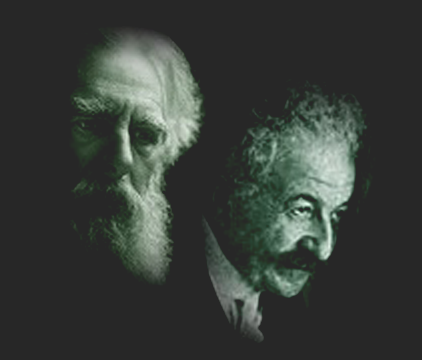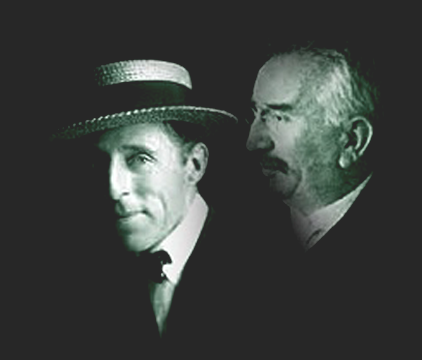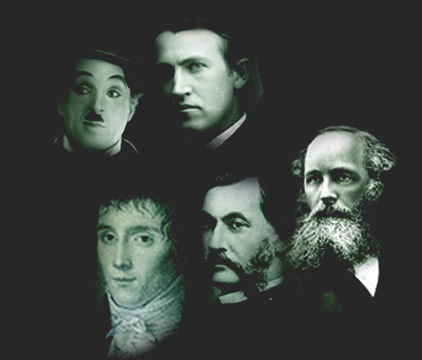


World cinema has been a vital part of human culture for over a century. Its evolution has been shaped by numerous technological, political, and social developments, which have helped to create a rich and diverse film industry. This industry has given us some of the most memorable and influential films of all time. In this article, we'll take a look at the history of world cinema, from its early beginnings to the present day. The earliest forms of cinema can be traced back to the late 19th century, when experiments in motion photography were conducted in France and the United States. In 1895, the first public screening of a motion picture took place in Paris, and soon thereafter, the first movie theaters began to emerge. These early cinemas were often simple and basic, but they soon evolved into more elaborate and sophisticated venues. The first true landmark in the history of world cinema came in 1927 with the release of “The Jazz Singer,” the first feature-length movie with synchronized sound. This film marked the beginning of the “talkies” era and signaled a major turning point in the evolution of cinema. From that point on, sound became an integral part of film, and the way that films were made and consumed changed forever. During the 1930s and 1940s, the film industry underwent major changes, including the introduction of sound and color. This period was characterized by the rise of Hollywood as the center of the film industry, and the emergence of several major studios that dominated the market. These studios produced a large number of films that were both commercially successful and culturally significant, such as “Gone with the Wind,” “Casablanca,” and “The Wizard of Oz.” After World War II, the film industry continued to grow and evolve. The 1950s and 1960s saw the emergence of new film styles, such as film noir, musicals, and epics. This period also saw the rise of independent filmmakers and the beginning of the New Hollywood era, which was characterized by more artistic and innovative films. Some of the most notable films of this period include “Rebel Without a Cause,” “West Side Story,” and “Bonjour Tristesse.” The 1970s marked a major shift in the world of cinema. This was the era of the New Hollywood, a time when young filmmakers were given more creative freedom and independence, leading to a new era of more personal and experimental films. This period was characterized by a number of groundbreaking and influential films, such as “The Godfather,” “Apocalypse Now,” and “Taxi Driver.” In the 1980s and 1990s, the film industry continued to evolve, and new technological developments, such as the introduction of computer-generated imagery (CGI), changed the way that films were made. This period was characterized by a number of blockbuster films, such as “E.T.,” “Jurassic Park,” and “The Terminator,” which set new standards for visual effects and special effects. Today, the world of cinema continues to evolve and change, driven by new technological developments, changing audience tastes, and globalization. The film industry is now more diverse and global than ever before, with a large number of countries and cultures contributing to the art and commerce of film. From its early beginnings to the present day, world cinema has been an essential part of human culture, and its impact will continue to be felt for generations to come.